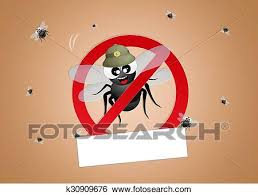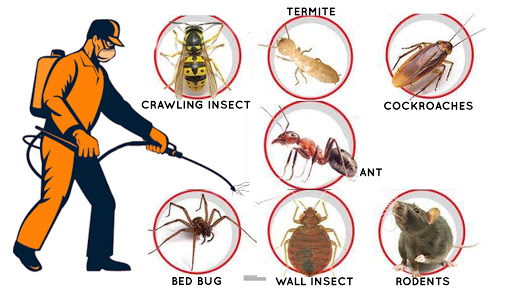House fumigation isn’t a simple process for anyone to experience. It requires a lot of patience, a great deal of work and a lot of time to get all done. This guide will cover the many phases involved in house fumigation.
Firstly it’s important you take your time to wash out the house out of any things that could be employed by rats or another sort of vermin. Once you have cleaned your home, it is vital that you be certain that every one of the areas are completely vacuumed. You also need to make sure that no loose dust and dirt are abandoned. Once this has been done, it’s important that you eliminate all carpet and other hard flooring.

House Fumigation
The next stage would be to identify what kind of area is to be fumigated. There are different types of area that need to be fumigated. The first one is the bathroom. This is the best area to deal with as it has the lowest degree of humidity. This makes it perfect for killing rats. You may use any type of spray available and use it evenly to the ground, ceilings and walls.
The following area to deal with is the attic. This area is very damp because of rotting wood or moist walls. You should treat the attic employing any type of spray accessible. The most commonly used product for attic is isopropyl, which is quite safe and effective. You need to be sure you follow the directions carefully to avoid any damage to your home or pets.
House Fumigation
Next you need to treat the walls and floors to be certain they are dry. It is crucial that you remember to only use a damp mop when cleaning the floors. You can use a damp cloth for cleaning ceilings and walls and a sterile cloth for those flooring. Remember to wear gloves when working with chemicals. You should never use a typical sponge when dealing with substances. Ensure the chemicals are safe to use in the correct locations. Don’t use anything that’s been in contact with a compound before.
Lastly, you have to ensure the place is ventilated. There needs to be proper ventilation and not enough. This will help to eliminate the scents from the region. This may also help to kill any residual pests. Later on. The final part is to permit the fumigation process to dry naturally and the air to have the ability to leave the home.



